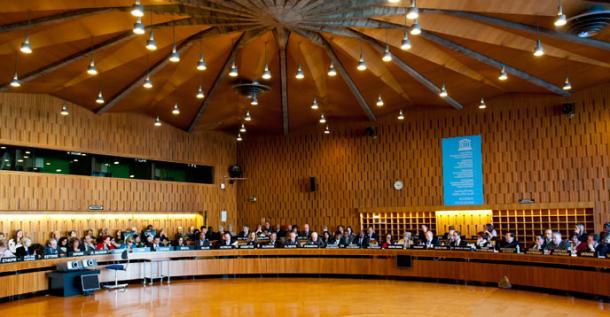On this day in 2015, in a historic move, the UNESCO Executive Board recommended Kosova’s admission to UNESCO, marking a significant step in Kosova’s global recognition. UNESCO’s involvement in Kosova dates back to the early 2000s, with a focus on safeguarding cultural heritage and promoting diversity in the region. This commitment aligns with United Nations Security Council Resolution 1244, emphasizing the preservation of monuments and sites that bear testimony to centuries-long cultural dialogue and coexistence. Technical missions conducted in the 2003-2005 period assessed the conservation status of cultural heritage in Kosova, raising awareness about the urgent need for preservation. In collaboration with UNMIK and the Council of Europe, UNESCO organized an International Conference of Donors in May 2005, securing financial support from various countries and the European Union.
UNESCO played a crucial role in the physical reconstruction and restoration of cultural heritage monuments, including the World Heritage Property “Medieval Monuments in Kosova” – encompassing landmarks such as Decan Monastery, the Peja Patriarchate, the Monastery of Gracanica, and the Bogorodica Ljeviska church of Prizren. Several other diverse cultural and historical sites enjoy UNESCO recognition or other protected status, including the Ulpiana Ancient City, League of Prizren, Museum of Kosova, Prizren Fortress, Prizren Hamam, the Hadum Mosque, and Sinan Pasha Mosque. The admission of Kosova to UNESCO signifies not only formal recognition but also highlights the ongoing collaboration between UNESCO and Kosova in preserving and promoting the rich cultural heritage of the region.


Leave a Feedback
Your email address will not be published. Required fields are marked ⁎